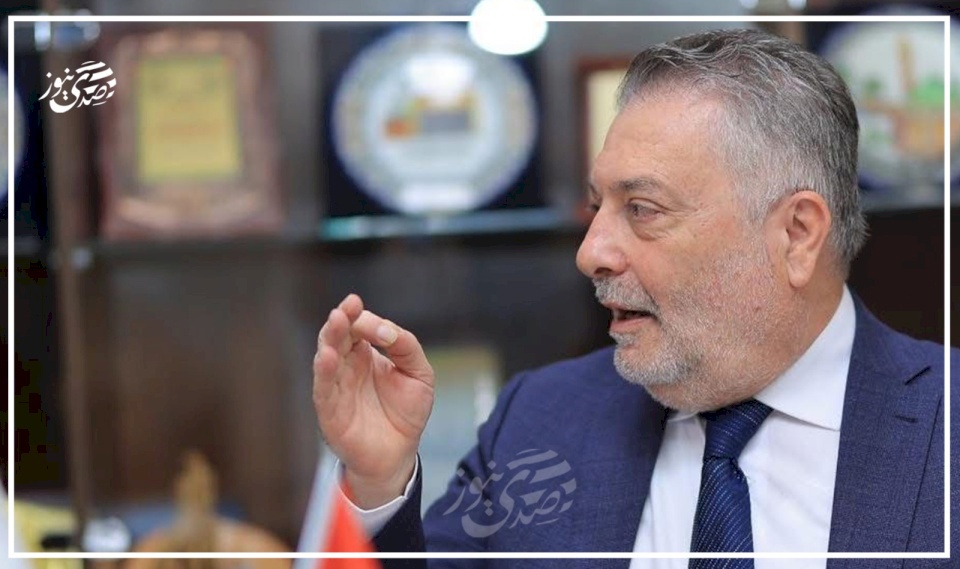
67 Billion Dollars for the Reconstruction of Gaza: Who Will Build the Dream?
When the Palestinian government announced its need for 67 billion dollars to reconstruct Gaza, the figure was not merely a financial estimate but a cry expressing the magnitude of the tragedy. It encapsulates not only material losses but illustrates an entire city where the lights have gone out, transforming from a beach of life into rubble of memories.
Behind every billion of this figure lies the story of a house leveled to the ground, a school whose bell fell silent, a hospital that lost its equipment and patients, and a street that was once bustling with life now rendered quiet. Yet, the most important question remains: who will steer the reconstruction? And how can we ensure that what happened after each war does not recur?
The Number Between Aspiration and Reality
The 67 billion dollars is equivalent to nearly three times the annual Palestinian GDP, a large figure that may not seem fantastical if it includes housing, infrastructure, energy, and industrial zones. However, previous experiences remind us that the problem does not lie in 'how much do we need' but rather in 'how do we spend'.
After the 2014 war, donors pledged 5.4 billion dollars, of which less than half was received, and after the 2021 war, Gaza was promised 1.2 billion, of which only a fraction arrived. Thus, the tale repeated: many promises, little money, and limited results because the mechanism was absent, and trust has eroded.
Proposed International Mechanisms
Today, international ideas are competing over who will manage the reconstruction.
The United Nations and the World Bank propose a multilateral international fund to ensure transparency, but it raises fears of becoming a form of financial guardianship that sidelines the Palestinian decision-making.
As for the old tripartite mechanism (the Palestinian Authority – the UN – Israel) established after the 2014 war, it has proven its failure after turning into a maze of permits and approvals that halted thousands of projects, causing reconstruction to proceed at a snail's pace over ever-renewing rubble.
In contrast, the Arab regional mechanism emerges as a more realistic option, through an Arab reconstruction fund supervised by Egypt, Qatar, Saudi Arabia, and other countries, coordinating directly with Palestinian institutions, providing the process with an Arab and professional dimension closer to the ground.
Alongside this, there is an increasing discussion about involving the Palestinian and Arab private sector through long-term investment partnerships, transforming reconstruction from a temporary relief project into a productive opportunity.
Do we have a ready Palestinian mechanism?
The Realistic Answer: Not Yet.
The Palestinian efforts are still scattered among various ministries and separate funds, without a central entity capable of receiving and managing funding of this size according to international governance standards.
The Ministry of Public Works has the technical expertise, and the Ministry of Finance possesses the formal channels, but the absence of an independent national authority leaves the work in disconnected islands.
Therefore, today we need a national authority for the reconstruction of Gaza, with an independent legal structure and a board that includes the government, the private sector, civil society, and the diaspora, operating with complete transparency and subject to periodic international audits. An authority that possesses the vision and ability to transform funding into accomplishments, relief into an economy, and rubble into new life opportunities.
From Rubble to Renaissance
Reconstruction does not only mean building what was destroyed, but building a different future.
Every school built can become a center for digital education, every solar power station can reduce production costs and support factories, and every rebuilt house can restore stability and hope to a Palestinian family.
If reconstruction is managed with a unified national vision, it will be the beginning of a renaissance extending from the shores of Gaza to the mountains of Nablus, Hebron, and Ramallah.
Conclusion: Who Will Steer the Dream?
The 67 billion dollars is not an astronomical number but a national test of trust, capability, and management.
Gaza is not waiting for the world's money; it is waiting for a unified national will that restores meaning to reconstruction and balance to the homeland.
True reconstruction does not begin with cement and iron, but with people, with transparent management, and with the belief that Palestine is capable of rising regardless of how long the rubble rests upon it.

In the Moral Confrontation with Israeli Brutality

Reform Under Test: Should We Fix the Numbers or Fix the Path?

Gaza: Between the Dilemma of Rescue and the Entitlement of National Liberation

Their Positions Hide Their Hatred for Gaza

Their goods were returned to them

Between Exaggeration and Reality: Is the Gap Between Israel and the United States Really W...

The Assault in Jaffa and the Importance of Responding to It...

